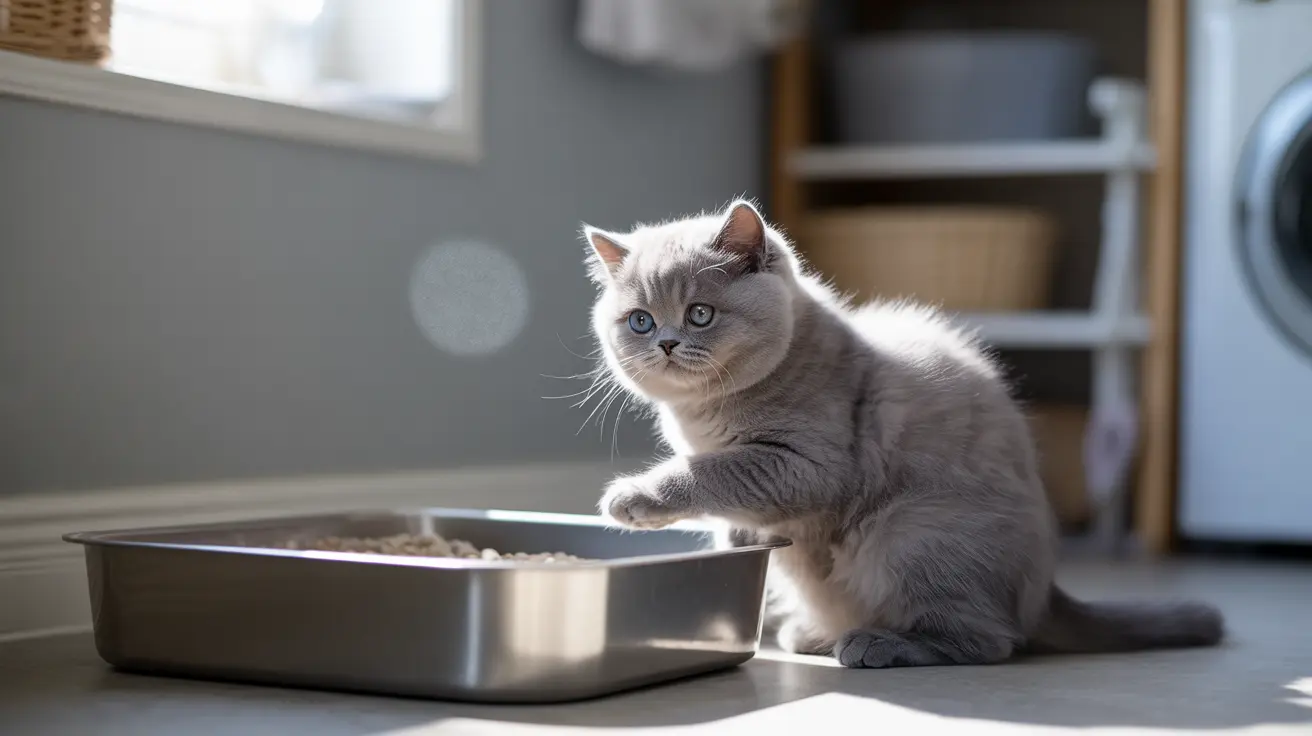Moving a cat's litter box can be a delicate process that requires careful planning and patience. Cats are creatures of habit who rely heavily on routine, especially when it comes to their bathroom habits. Understanding how to properly relocate a litter box is crucial for maintaining your cat's well-being and preventing unwanted accidents.
In this comprehensive guide, we'll explore proven strategies for successfully moving your cat's litter box while minimizing stress and maintaining proper elimination habits. Whether you're renovating, reorganizing, or just looking for a better spot, these expert-backed techniques will help ensure a smooth transition.
Understanding Why Location Matters
Cats are highly particular about their bathroom habits, and the location of their litter box plays a crucial role in whether they'll use it consistently. A poorly chosen location can lead to stress, anxiety, and inappropriate elimination behaviors that can be challenging to correct.
The perfect litter box location should offer privacy, easy access, and a sense of security for your cat. Understanding these fundamental needs will help guide your relocation strategy.
The Step-by-Step Moving Process
Starting with a Transition Plan
Before moving the litter box, create a detailed plan that accounts for your cat's routine and preferences. Consider factors like your cat's age, mobility, and any past litter box issues that might affect the transition.
Using the Gradual Movement Method
The most successful approach is to move the litter box in small increments:
- Move the box just a few inches each day
- Wait until your cat consistently uses the box in its new position before moving it again
- Continue this process until you reach the desired location
The Two-Box Transition Strategy
For longer moves, consider using two litter boxes:
- Place a second box in the new location while keeping the original in place
- Gradually make the old location less appealing while maintaining the new one
- Remove the old box once your cat consistently uses the new location
Choosing the Ideal New Location
Privacy and Accessibility
When selecting the new spot, ensure it meets these essential criteria:
- Away from high-traffic areas
- Easily accessible without obstacles
- Protected from sudden noises or disturbances
- Well-ventilated but draft-free
- Separated from feeding areas
Common Location Mistakes to Avoid
Be aware of these potential pitfalls:
- Placing the box near noisy appliances
- Choosing locations that require climbing or jumping
- Selecting spots near windows where outdoor cats might be visible
- Putting the box in damp or humid areas
Monitoring Your Cat's Response
Watch for these signs of successful adjustment:
- Regular use of the new location
- Normal elimination habits
- Relaxed behavior around the new spot
- No accidents outside the box
Frequently Asked Questions
How can I gradually move my cat's litter box to a new location without causing stress?
Move the litter box in small increments (3-6 inches) every few days. Ensure your cat is consistently using the box at each new position before moving it again. This gradual approach helps your cat track the changes and maintain their bathroom habits.
What are the best places in my home to relocate a cat's litter box for privacy and accessibility?
Ideal locations include quiet corners, spare bathrooms, laundry rooms (away from running machines), or dedicated pet areas. The spot should be away from food areas, easily accessible, and provide privacy while allowing easy escape routes.
Why should I add a second litter box before moving the original one, and how does this help?
Adding a second box creates a safety net during transition, reducing stress and preventing accidents. It allows your cat to discover and get comfortable with the new location while still having access to their familiar spot.
What signs indicate my cat is not adjusting well to a new litter box location?
Watch for elimination outside the box, increased vocalization, anxiety near the new location, or avoiding the litter box entirely. These signs suggest the need to slow down the transition or reconsider the new location.
How do I choose a litter box spot that works well for senior or mobility-challenged cats?
Select ground-level locations that don't require climbing stairs or navigating obstacles. Choose boxes with low entry points and ensure the area has good lighting. Consider placing multiple boxes throughout the home for easier access.
Conclusion
Successfully moving your cat's litter box requires patience, understanding, and careful planning. By following these guidelines and remaining attentive to your cat's needs, you can achieve a stress-free transition to the new location. Remember that every cat is unique, so be prepared to adjust your approach based on your pet's individual response to the changes.






